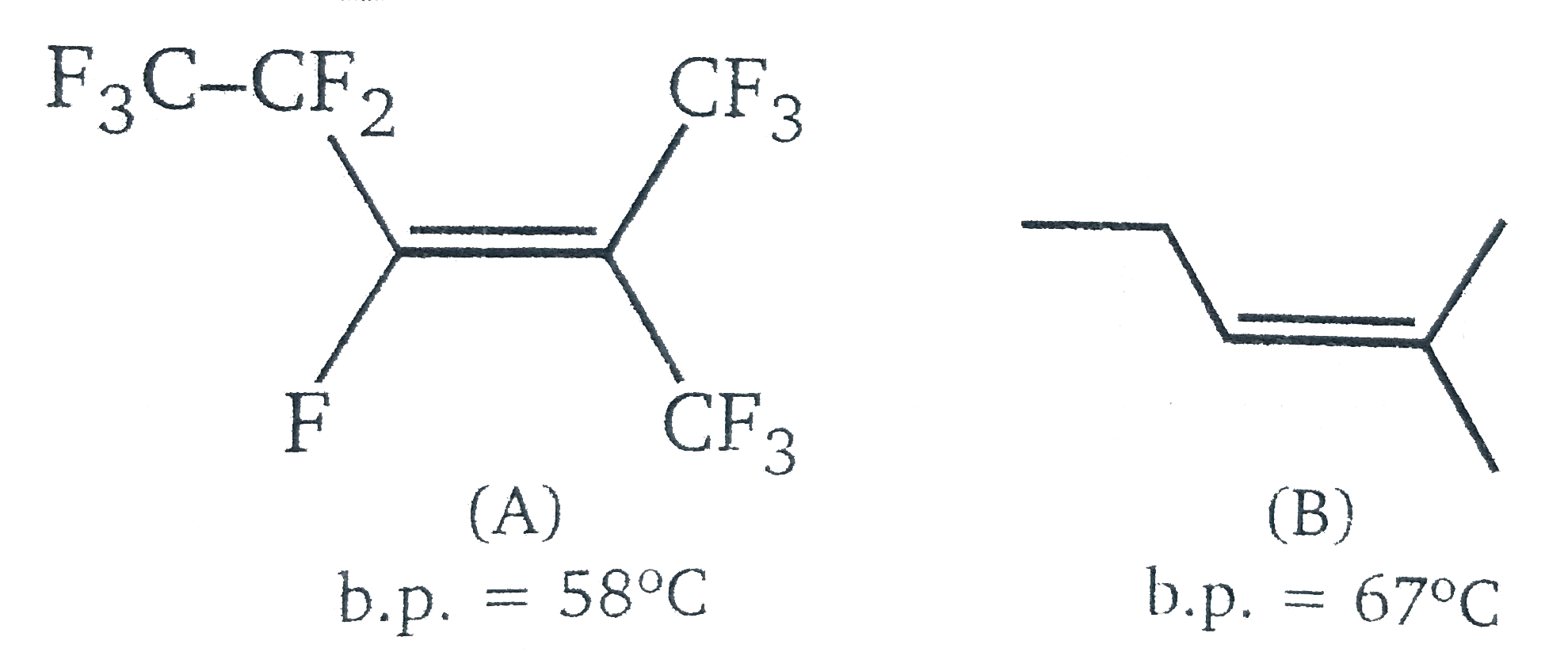Among the second period elements the actual ionisation enthalpies are in the order Li<B<Be<C<O<N<F<Ne.
Explain why (a) Be has higher ΔiH than B and (b) O has lower ΔiH than N and F?
a. The IE, among other things, depends upon the type of electron to be removed from the same principal shell. In case of Be(1s22s2) the outermost electron is present in 2s-orbital while in B(1s22s22p1) it is present in 2p-orbital. Since 2s-electrons are more strongly attracted by the nucleus than 2p-electrons, Therefore, lesser amount of energy is required to remove a 2p−electron than a 2p-electron. Consequently, IE1 of Be is higher than that IE1 of Be.
b. The valence electronic configuration of N(2s22p1x2p1y2p1z) in which 2p-orbitals are exactly half-filled is more stable than the valence electronic configuration of (2s22p1x2p1y2p1z) in which the 2p-orbitals are neither half-filled nor completely filled. Therefore, it is difficult to remove electron from N than from O. As a result, IE1 of N is higher than that of O.
Further, the electronic configuration of F is (1s22s22p2x2p2y2p1z). Because of higher nuclear charge (9), the first ionisation enthalpy of F is higher than that of O.
Further, the effect of increased nuclear charge outweighs the effect of stability due to exactly half-fiiled orbitals, therefore, the IE1 of N and O are lower than that of F.
Topper's Solved these Questions
- APPENDIX - INORGANIC VOLUME 1Book:CENGAGE CHEMISTRYChapter:APPENDIX - INORGANIC VOLUME 1Exercise:Exercise very short
Explore 70 Videos
- APPENDIX - INORGANIC VOLUME 1Book:CENGAGE CHEMISTRYChapter:APPENDIX - INORGANIC VOLUME 1Exercise:Exercise Short
Explore 146 Videos
- ALKYNESBook:CENGAGE CHEMISTRYChapter:ALKYNESExercise:Exercises (Archives - Analytical and Desriptive Type)
Explore 4 Videos
- ATOMIC STRUCTUREBook:CENGAGE CHEMISTRYChapter:ATOMIC STRUCTUREExercise:Concept Applicationexercise(4.3)
Explore 19 Videos
Similar Questions
Among the second period elements the actual ionisation enthalpies are in the order Li<B<Be<C<O<N<F<Ne.
Explain why (a) Be has higher ΔiH than B and (b) O has lower ΔiH than N and F?
View SolutionAmong the second period elements the actual ionisation enthalpies are in the order Li<B<Be<C<O<N<F<Ne . Explain why?
Be has higher (ΔiH)1 than B
View Solution
Knowledge Check
The second ionization enthalpies (ΔiH2) of alkali metals are
Avery lowBlowChighDvery high
Among the second period elements the actual ionisation enthalpies are in the order Li<B<Be<C<O<N<F<Ne . Explain why?
O has lower (ΔiH)1 than N and F ?
View SolutionAmong the third period elements, the actual ionization enthalpies are in the order Na<AI<Mg<SI<S<P<CI<Ar. Explain why:
(i) Mg has higher ΔiH than AI. (ii) S has lower ΔiH than P and CI.
View SolutionExplain why A has lower point than B ?

View SolutionThe second ionisation enthalpies of both Cr and Cu are higher than those of the next element. Explain.
View SolutionThe second ionisation enthalpies of both Cr and Cu are higher than those of the next element. Explain.
View SolutionAmong second period elements, the correct order of first ionisation enthalpy is :
1 Li < Be < B < C < N < O < F < Ne
2 Li < B < Be < C< O < N < F< Ne
3 Li > Be > B > C > N > O > F > Ne
4 Li > B > C > Be > O >N > F > Ne
View SolutionWhy second ionization enthalpy is always higher than the first ionisation enthalpy for every element?
View Solution